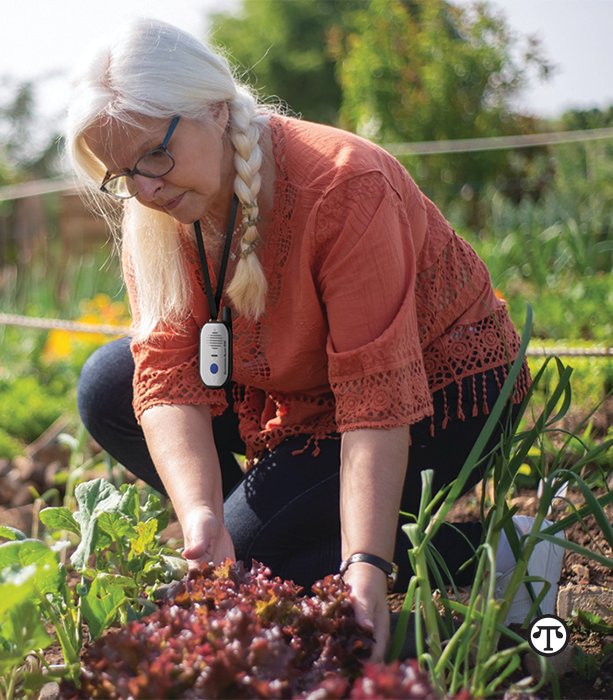What You Should Know About The 3G Shutdown

(NAPSI)—The end of the 3G cellular network has begun and for many Americans, it may come as a surprise. They might wake up one morning to some of their most important devices not working.
What is 3G?
Many people have heard the term 3G but don’t know it refers to the “third generation” of cellular network technology. Now there’s 5G LTE—500 times faster than 3G—and carriers are phasing out 3G.
What devices might be affected?
You may have a connected device now which uses 3G such as:
•personal wearable alarms used to connect to 911
• wearable locators for kids and pets
•smart watches
•ankle monitors
•older cell phones (such as iPhone 5, Samsung Galaxy S4, and Trac phones)
•older Amazon Kindles (Oasis and older)
•some mobile hotspots and routers
•some tablets (including some iPads)
•Security alarms and connected fire alarms in your home
•GPS and in-car assistants
•The ability to remotely start your car and/or unlock it
Tips to Prepare
If you suspect that you have an older device that may no longer work when 3G goes away, heed these hints:
1. Check your personal emergency response device. These are life-saving devices so they must work. Don’t wait for an emergency to find out if it does. Call your device support line to find out. Generally, they can tell you based on the serial or model number.
2. Act quickly to replace affected devices that are important to you. Once these devices stop working, support lines could be backlogged and replacements will be in high demand. The global chip shortage is already affecting the supply lines of many connected devices. Acting early could save you time.
3. Test your devices regularly. As soon as it does not perform as expected, contact your manufacturer for a solution.
4. Try connecting your devices to WiFi. If you’re able to connect your 3G device to WiFi, you might be able to continue using it as long as you are in range of a WiFi network.
5. Update your firmware. Some devices (such as routers and some connected cars) may only require a firmware update—meaning an installed update to the device’s internal software—to continue working on 4G. You can call the company directly to learn your options.
6. Look out for 3G sunsetting scams. You want to be certain that an e-mail or a call is really from the company responsible for your connected device. Don’t click any links or give away personal or payment information if someone randomly reaches out to you. Make sure you talk to your manufacturer or carrier first, either by going to the store in person or using verifiable contact information from the company or carrier’s official website or on the materials that came with your device.
7. Take COVID precautions. If your device upgrade requires a technician to come to your house and you feel vulnerable to COVID, there are precautions you can take. Wearing a mask, social distancing (at least six feet apart), and sanitizing surfaces are all recommended by the CDC.
Because NXT-ID considers seniors and others who rely on 3G-connected devices to call for help when they need it its biggest concern, it’s prioritized reaching out to customers via e-mail, mail and even hospitals to let people know how to check whether their devices are being affected—and to let them know they can get a new device at no charge under warranty.
Learn More
Contact your device manufacturer for more information. For LogicMark, a division of NXT-ID, see www.logicmark3g.com.

“As the world moves from 3G to 5G LTE, it’s wise to make sure your essential devices can move with it.https://bit.ly/3H1kPUb“
